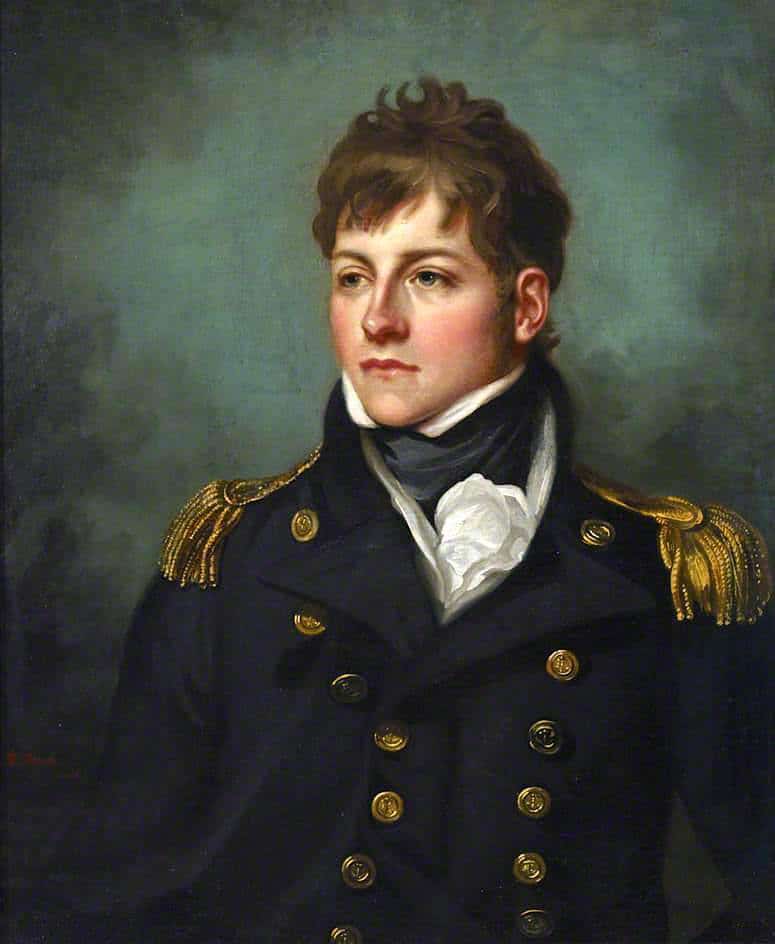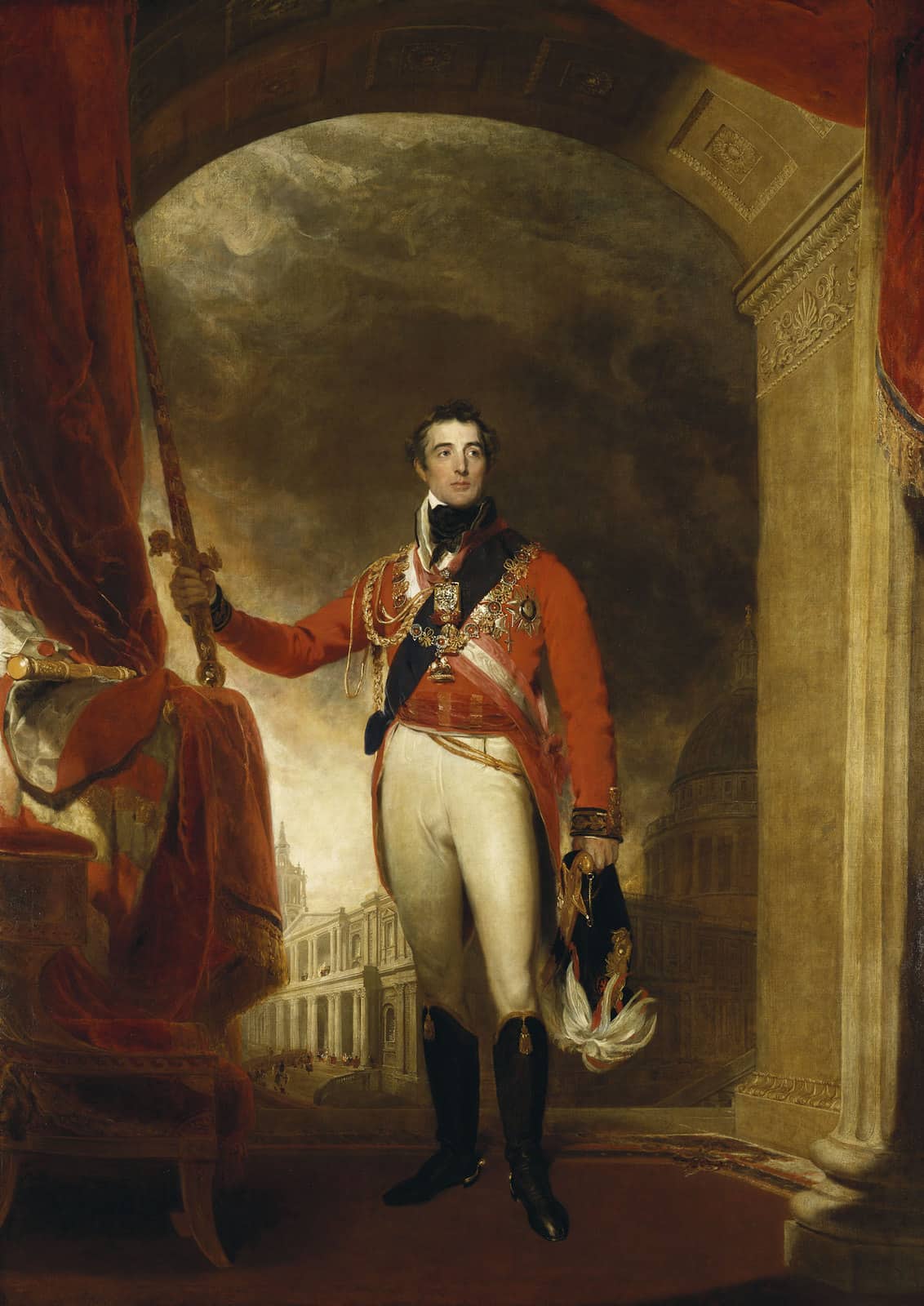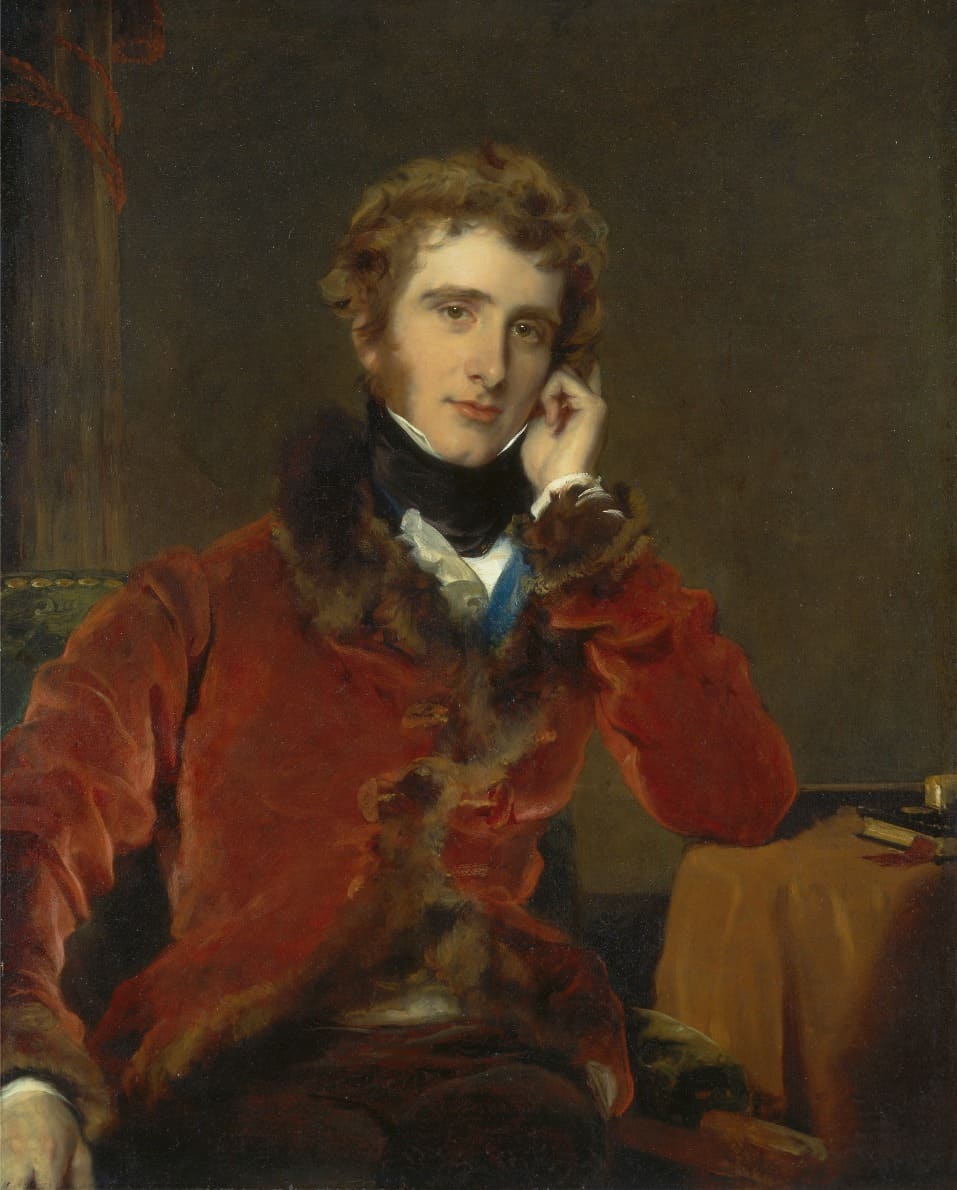Hello there my sweeties! How’s the fall season treating you so far? Are you all ready for Halloween? As I am researching male characters from the Regency Era for my new book, I gathered a wonderful list of Dashing Men that left their mark in our favorite era!The Regency era was a period when King George III of England was deemed unfit to rule and his son, the Prince of Wales, ruled as his proxy as Prince Regent. On the death of his father in 1820, the Prince Regent became George IV.It was a time of great elegance and achievement in the fine arts and architecture, shaping and altering the societal structure of Britain and influencing the world.Upper-class society, in particular, flourished in a Renaissance of culture and refinement.Here is the first half of the list!
Six men from the Regency Era—some war heroes, some artists, but all embodying the proud spirit of the age.

Prince Alexander Ivanovich Chernyshov, General of Cavalry, was a Russian military leader, diplomat and statesman, whose career began in the Napoleonic Wars. After the Battle of Austerlitz, he carried out successful diplomatic missions to France and Sweden and served with distinction in battles. Chernyshyov rose through the ranks to the role of Russian Minister of War, chairman of the State Council and Cabinet of Ministers, and acquired the styles from Count to Serene Prince.

Charles William Vane, 3rd Marquess of Londonderry, born Charles William Stewart, was an Irish soldier in the British army, a politician, and a nobleman. As a soldier he fought in the French Revolutionary Wars, in the suppression of the Irish Rebellion of 1798, and in the Napoleonic wars. He excelled as a cavalry commander on the Iberian Peninsula under John Moore and Arthur Wellesley. He married Lady Catherine Bligh in 1804 and then, in 1819, Lady Frances Anne Vane, a rich heiress, changing his surname to hers, thus being called Charles Vane instead of Charles Stewart from there on. He succeeded his half-brother as 3rd Marquess of Londonderry in 1822.

Louis Antoine Léon Riesener was a French Romantic painter. Enchanted by the play of light and reflections which transformed the appearance of matter, Riesener began a new aesthetic that made him one of the precursors of impressionism. His study of the elements caused him to paint a series of skies which varied according to the light and time of day – the subjects were ahead of their time and Riesener had to fight hard against the Salon juries and the Institut.

Captain George Miller Bligh was an officer of the Royal Navy, who saw service during the French Revolutionary and Napoleonic Wars, eventually rising to the rank of Captain. He was present aboard HMS Victory at the Battle of Trafalgar, and was badly wounded during the action. He was taken below and was present in the cockpit during the death of Vice-Admiral Horatio Nelson.

Arthur Wellesley, 1st Duke of Wellington, was an Anglo-Irish soldier and Tory statesman who was one of the leading military and political figures of 19th-century Britain, serving twice as prime minister. He ended the Napoleonic Wars when he defeated Napoleon at the Battle of Waterloo in 1815. Wellesley rose to prominence as a general during the Peninsular campaign of the Napoleonic Wars, and was promoted to the rank of field marshal. Wellington is famous for his adaptive defensive style of warfare, resulting in several victories against numerically superior forces while minimising his own losses. He is regarded as one of the greatest defensive commanders of all time, and many of his tactics and battle plans are still studied in military academies around the world.

George James Welbore Agar-Ellis, 1st Baron Dover was a British politician and man of letters. He was briefly First Commissioner of Woods and Forests under Lord Grey between 1830 and 1831. In 1824 Agar-Ellis was the leading promoter of the grant of £57,000 for the purchase of John Julius Angerstein’s collection of pictures, which formed the foundation of the National Gallery. On the formation of Lord Grey’s Whig administration, he was sworn of the Privy Council and appointed First Commissioner of Woods and Forests.He was president of the Royal Society of Literature in 1832, a trustee of the British Museum and of the National Gallery, and a commissioner of public records.The other half of the list is coming soon! So stay tuned my darlings… ;)If you have any questions and/or comments feel free to write them in the comments below!
Written byHanna Hamilton!

 Share this book
Share this book